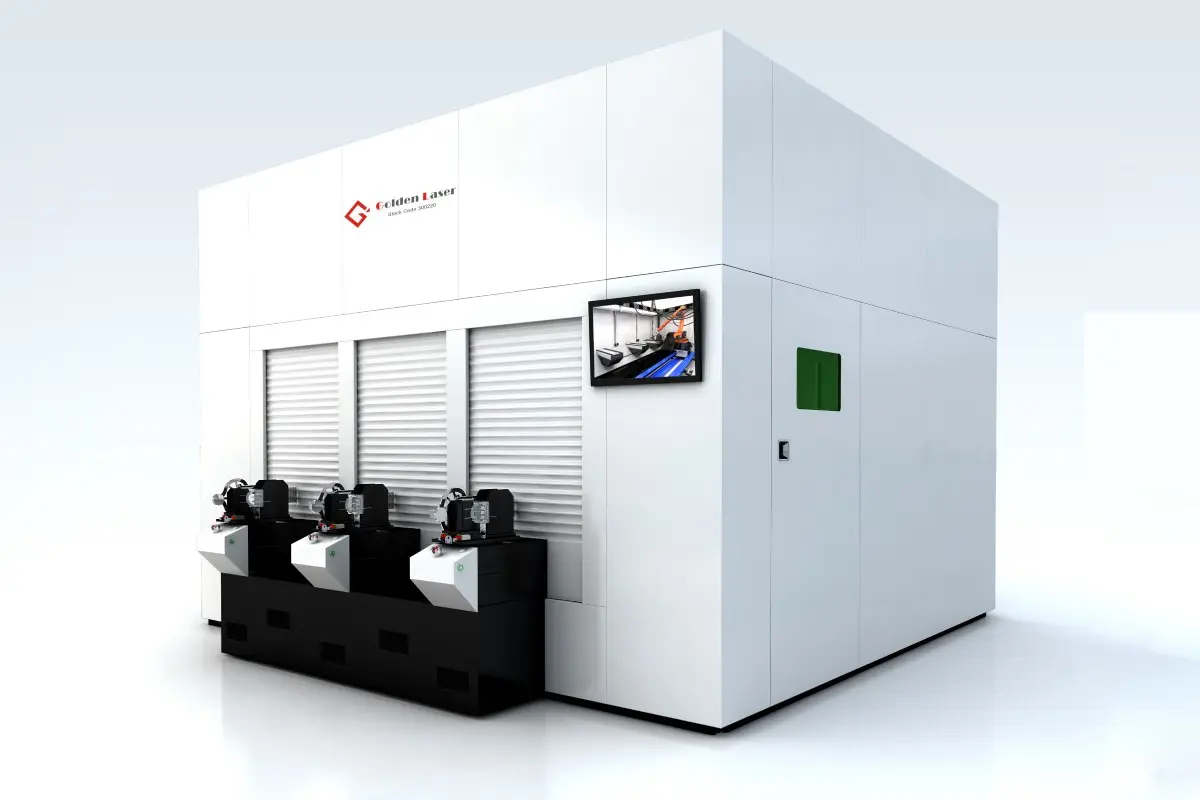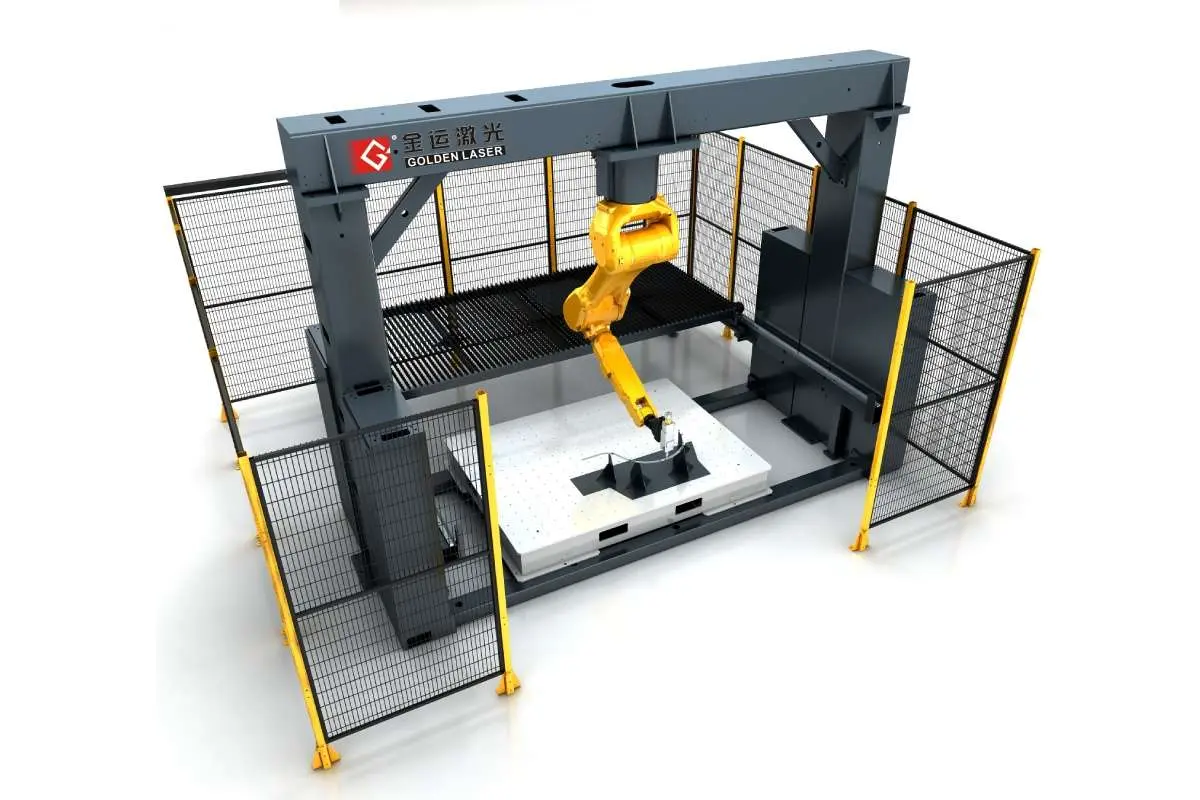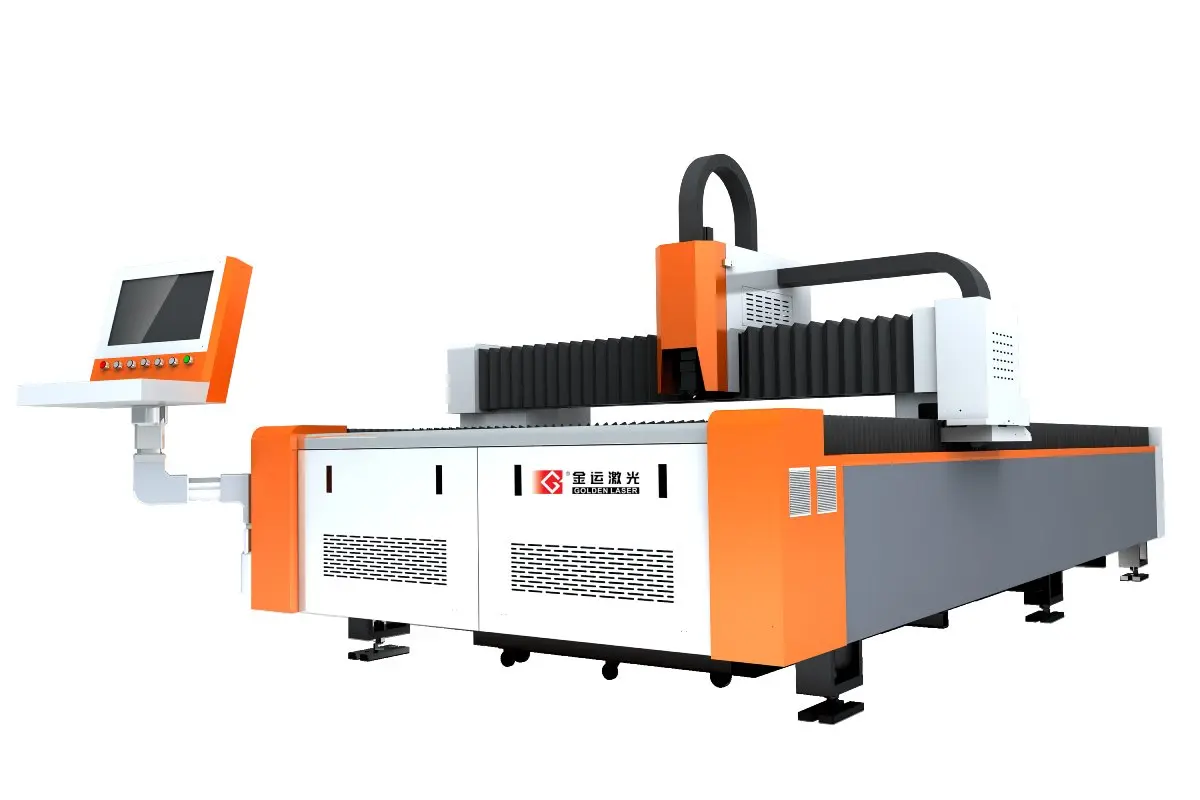
Revolutionizing Manufacturing: The Role of Cut Metal Fiber Laser Cutting Machines in Modern Industry
In today’s rapidly evolving manufacturing landscape, the technology that underpins production processes is continually advancing. One of the most significant innovations in recent years is the cut metal fiber laser cutting machine. This remarkable piece of equipment has transformed how industries approach metal cutting and shaping, leading to enhanced precision, efficiency, and versatility in fabrication processes. In this article, we will explore the features, advantages, and applications of cut metal fiber laser cutting machines, while also examining their impact on the manufacturing sector.
At its core, a cut metal fiber laser cutting machine utilizes a high-powered laser beam to cut through various types of metal with incredible precision. The technology works by focusing the laser beam onto the material, which creates intense heat that melts or vaporizes the metal. This process allows for intricate designs and shapes to be cut quickly and accurately, significantly reducing waste and material cost. The adoption of fiber laser technology has further enhanced the capabilities of these machines, offering better beam quality and efficiency compared to traditional laser cutting methods.
One of the most notable features of cut metal fiber laser cutting machines is their versatility. These machines can handle a wide range of materials, including stainless steel, carbon steel, aluminum, and brass, making them suitable for various industries such as automotive, aerospace, and construction. The ability to cut through thick and thin materials alike, combined with the precision offered, makes these machines a preferred choice for manufacturers requiring exceptional accuracy in metal fabrication.

Revolutionizing Manufacturing: The Role of Cut Metal Fiber Laser Cutting Machines in Modern Industry
Another significant advantage of using a cut metal fiber laser cutting machine is the reduction in operational costs. Traditional cutting methods often require the use of additional tools and maintenance, leading to increased downtime and expenses. In contrast, fiber laser machines boast lower maintenance requirements and longer operating lifespans, ultimately driving down total costs for manufacturers. Furthermore, the efficiency of the cutting process allows for faster production times, enabling companies to meet the rising demand for customized and complex metal components.
The technological advancements in cut metal fiber laser cutting machines have also improved their capability for automation and integration into smart manufacturing systems. Many modern machines come equipped with advanced software that allows for seamless programming and design modifications, as well as the ability to connect to computerized inventory and supply chain management systems. This integration streamlines production processes, minimizes human error, and enhances overall productivity. As companies seek to adopt Industry 4.0 principles, these machines facilitate a digital approach to manufacturing by enabling real-time monitoring and data analysis.

Revolutionizing Manufacturing: The Role of Cut Metal Fiber Laser Cutting Machines in Modern Industry
While the advantages of cut metal fiber laser cutting machines are significant, their applications are equally fascinating. They have found a place in various sectors, from creating intricate patterns in artistic design to fabricating essential components in automotive production. Architectural firms have employed laser cutting technology for creating detailed metal facades and sculptures, while the aerospace industry relies on the precision of laser-cut parts for safety and performance. Additionally, the medical device manufacturing field appreciates the accuracy and consistency that fiber laser machines offer in producing delicate components.
Moreover, as the need for sustainable manufacturing practices increases, cut metal fiber laser cutting machines play a vital role in promoting environmentally friendly processes. These machines minimize waste, energy consumption, and emissions, aligning with global initiatives towards more sustainable industrial practices. As businesses strive for a smaller ecological footprint, incorporating fiber laser technology represents a significant step in that direction.
In conclusion, cut metal fiber laser cutting machines are at the forefront of modern manufacturing technology. Their unmatched precision, cost-effectiveness, versatility, and compatibility with automated production systems exemplify their transformative impact on the industry. As more companies adopt this technology, the future of metal fabrication looks promising, marked by innovation and a commitment to sustainable practices. As we continue to explore smarter and more efficient production methods, cut metal fiber laser cutting machines will undoubtedly play a crucial role in shaping the manufacturing landscape of tomorrow. Metal Cutting Machine
